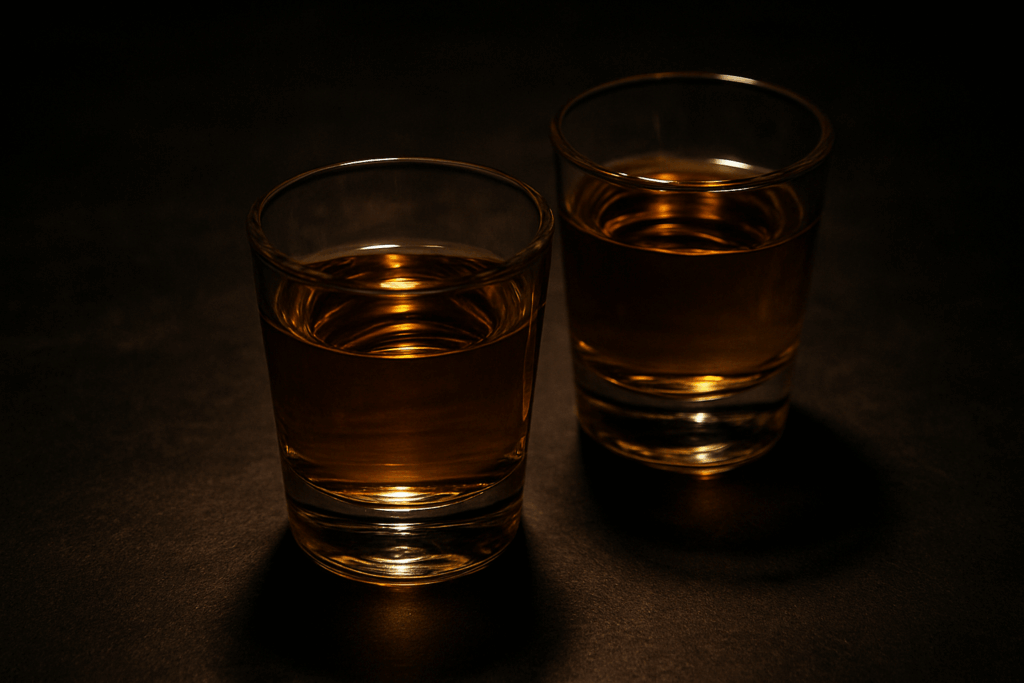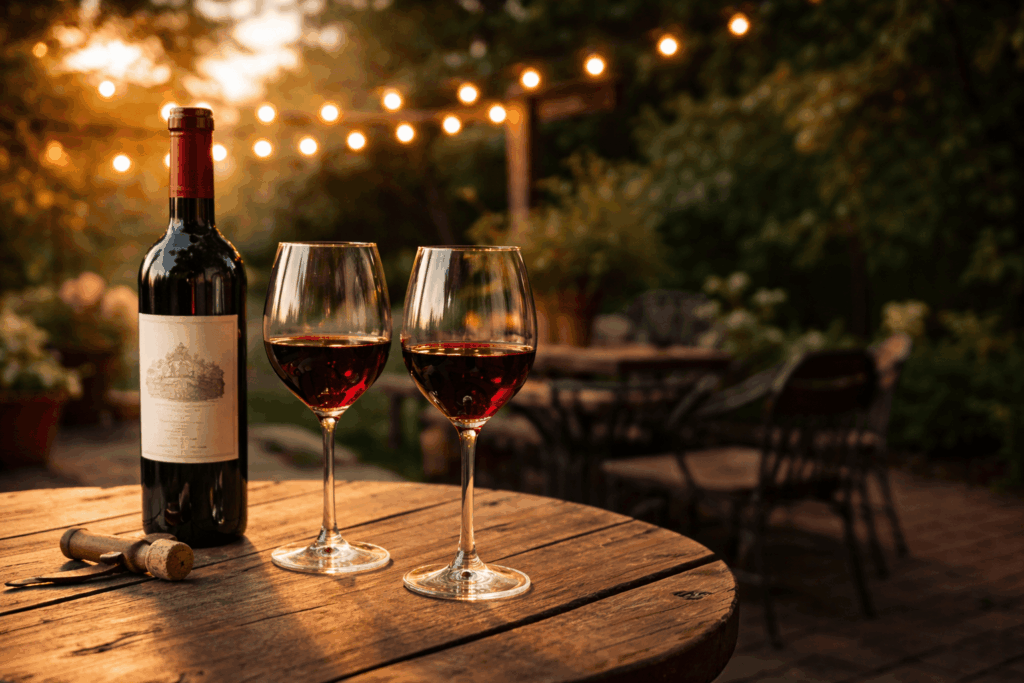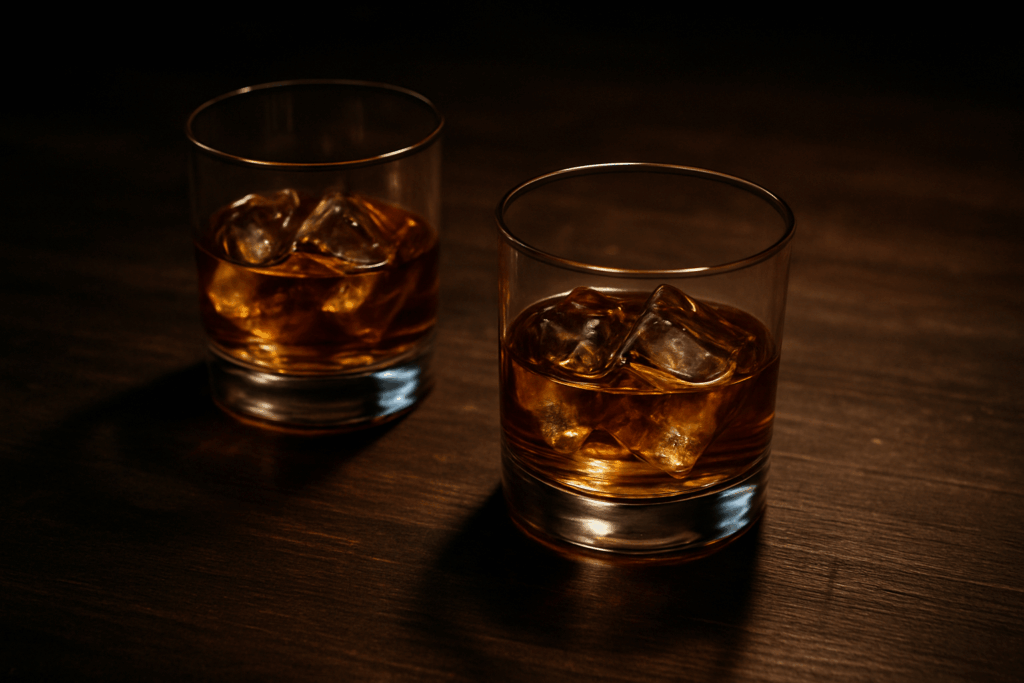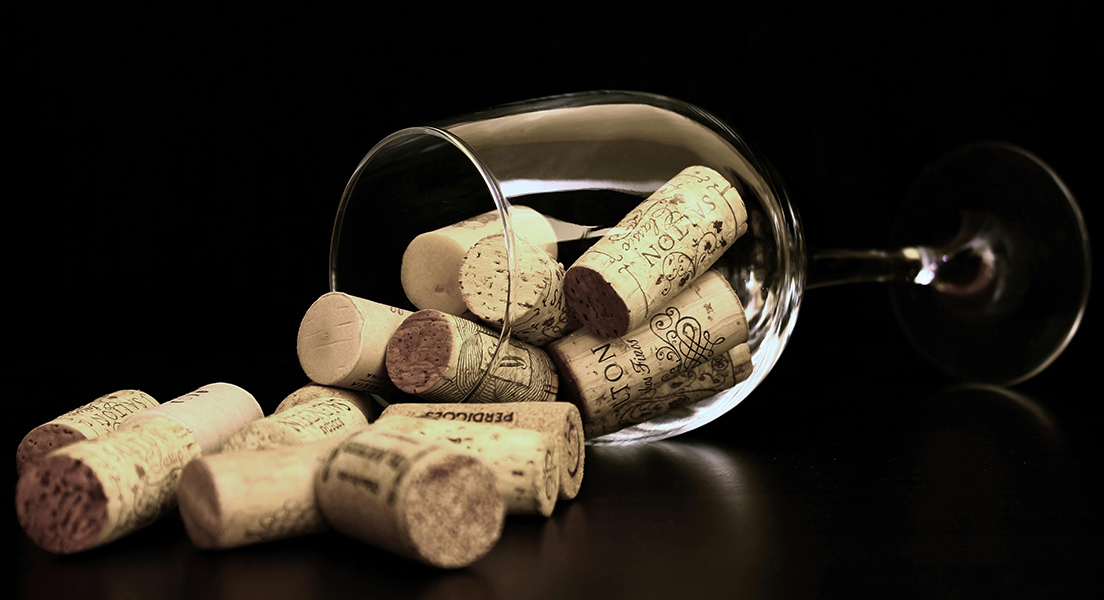
Opening a bottle of wine is often accompanied by moments of celebration, relaxation, or simply enjoying a good meal. However, once the cork is popped, a new question arises: How long does opened wine last? The shelf life of an opened bottle of wine can vary widely based on several factors including the type of wine, storage conditions, and even the way it is resealed. In this comprehensive guide, we’ll explore these factors in detail and provide tips on how to maximize the life and quality of your opened wine. Wine is an investment in many ways so when you purchase a bottle, you want to make it last as long as possible!
Understanding Wine Composition
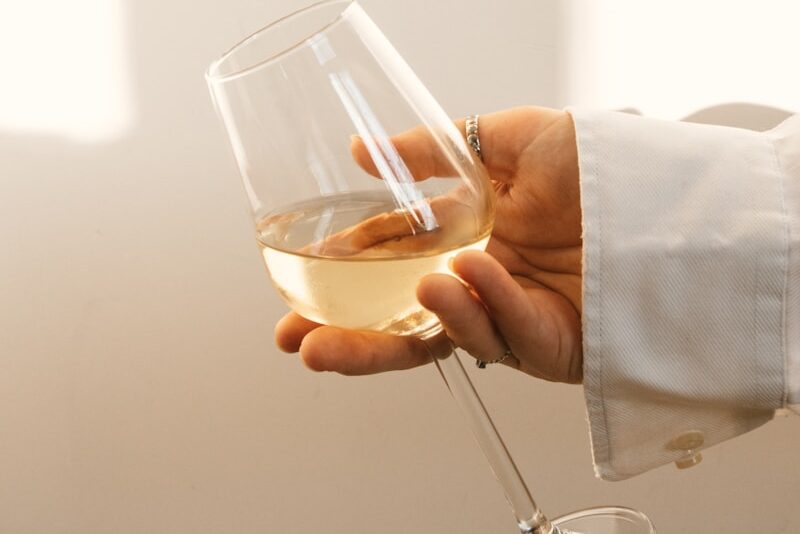
To understand how long opened wine lasts, it’s essential to grasp the basic composition of wine and how it interacts with its environment. Wine is a complex blend of water, alcohol, acids, sugars, and other compounds that contribute to its flavor, aroma, and structure. When exposed to air, several reactions occur:
- Oxidation: Oxygen interacts with the wine, altering its flavors and aromas. While some oxidation can enhance complexity, too much can lead to spoilage.
- Microbial Activity: Once opened, wine can be exposed to bacteria and yeasts, which can cause it to spoil or turn into vinegar.
- Temperature and Light Exposure: Heat and light can accelerate the degradation of wine, causing it to lose its desirable characteristics.
Factors Affecting the Shelf Life of Opened Wine
Once a bottle of wine is opened, its shelf life depends on several factors. Proper storage and an understanding of these elements can help maintain its quality for as long as possible.
1. Type of Wine
Different types of wine have varying shelf lives once opened:
- Red Wine: Generally lasts 3-5 days. The tannins and higher alcohol content in red wine act as preservatives, helping it last longer than white wines.
- White Wine: Typically lasts 3-5 days. White wines have lower tannin levels and can lose their freshness more quickly.
- Rosé Wine: Similar to white wine, rosé can last about 3-5 days.
- Sparkling Wine: Lasts 1-3 days. The carbonation in sparkling wines dissipates quickly once opened, leading to a loss of bubbles and freshness.
- Fortified Wine: Can last 1-3 weeks due to its higher alcohol content, which acts as a preservative.
2. Storage Conditions
Proper storage can significantly extend the life of opened wine:
- Refrigeration: Always refrigerate opened wine. The cold temperature slows down oxidation and microbial activity.
- Re-Sealing: Use the original cork, a wine stopper, or a vacuum seal to limit the wine’s exposure to air.
- Position: Store the bottle upright to minimize the wine’s surface area in contact with air.
- Light: Keep the wine away from direct sunlight and bright lights, as UV rays can degrade the wine.
3. Wine Preservation Tools
Various tools and gadgets can help preserve opened wine:
- Vacuum Pumps: These devices remove air from the bottle, reducing oxidation.
- Inert Gas Preservation Systems: These systems inject inert gases like argon into the bottle to displace oxygen.
- Specialized Wine Stoppers: Some stoppers create an airtight seal to prevent air from entering the bottle.
Alternative Wine Sealing Methods
Preserving opened wine goes beyond reusing the cork. Innovative sealing methods can significantly extend the life of your wine:
- Vacuum Sealers: These remove air from the bottle, slowing oxidation. They’re ideal for all types of wine, especially reds and whites.
- Inert Gas Systems: Devices like argon sprays create a protective barrier over the wine to prevent oxygen exposure, preserving flavor and aroma.
- Specialized Wine Stoppers: Stoppers designed for sparkling wine maintain carbonation, while airtight stoppers work well for still wines.
- Screw-Cap Wines: For wines with a screw cap, resealing is as simple as tightening the lid to minimize air contact.
Maximizing the Life of Your Opened Wine
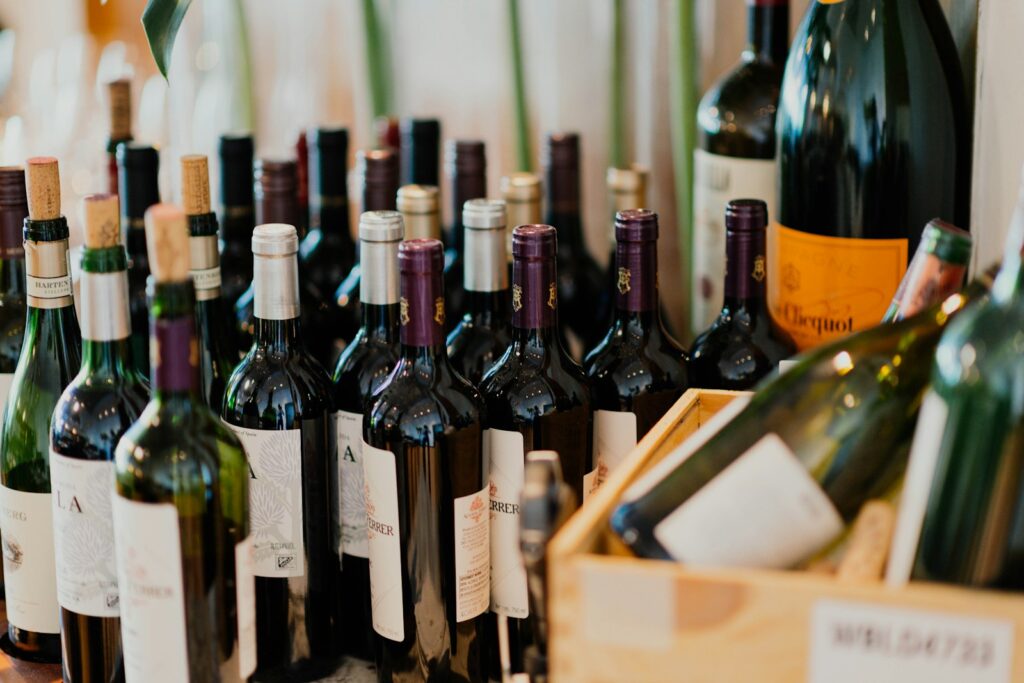
Extending the freshness of opened wine requires proper care and storage. Here are practical tips to help you enjoy your wine longer:
Red Wine
Red wine is prone to oxidation after opening, which can alter its flavor and aroma. Proper storage techniques can help maintain its richness and character for a few days longer.
Storage Tips:
- Seal It Tight: Reseal the bottle with the original cork or a wine stopper. For best results, use a vacuum pump to remove air from the bottle.
- Cool Storage: Store the bottle in the refrigerator. The cooler temperature slows down the oxidation process.
- Minimize Exposure: Transfer the remaining wine to a smaller bottle to reduce the amount of air in contact with the wine.
Signs of Spoilage:
- Color Changes: Red wine may turn brownish.
- Off Smells: A vinegar or sour smell indicates spoilage.
- Taste Changes: If the wine tastes flat or sour, it’s past its prime.
White Wine
White wine is more delicate than red and tends to spoil faster when exposed to air. With the right care, you can preserve its crisp, refreshing taste.
Storage Tips:
- Seal and Refrigerate: Use the original cork or a wine stopper to seal the bottle and store it in the fridge.
- Minimize Air Contact: Transfer leftover wine to a smaller bottle if possible.
Signs of Spoilage:
- Color Changes: White wine may become darker or yellowish.
- Off Smells: A musty or sour smell indicates spoilage.
- Taste Changes: If the wine tastes flat or overly acidic, it has likely spoiled.
Sparkling Wine
Sparkling wine quickly loses its bubbles once opened, diminishing its signature effervescence. Using specialized stoppers and proper storage can help extend its life.
Storage Tips:
- Special Stoppers: Use a sparkling wine stopper to maintain carbonation.
- Refrigerate Immediately: Store the bottle upright in the fridge.
Signs of Spoilage:
- Loss of Bubbles: Sparkling wine will lose its fizz quickly after opening.
- Off Smells and Tastes: Sour or flat flavors indicate spoilage.
Fortified Wine
Fortified wines, like Port and Sherry, have a longer shelf life due to their higher alcohol content. However, they still require proper storage to retain their complex flavors.
Storage Tips:
- Seal and Store Cool: Use the original cork or a wine stopper and store the bottle in a cool, dark place or the fridge.
- Longer Shelf Life: Due to the higher alcohol content, fortified wines like Port or Sherry can last longer after opening.
Signs of Spoilage:
- Color Changes: Fortified wines may darken.
- Off Smells: A sour or vinegary smell indicates spoilage.
- Taste Changes: If the wine tastes flat or has a harsh alcohol flavor, it has likely spoiled.
Common Wine Preservation Myths
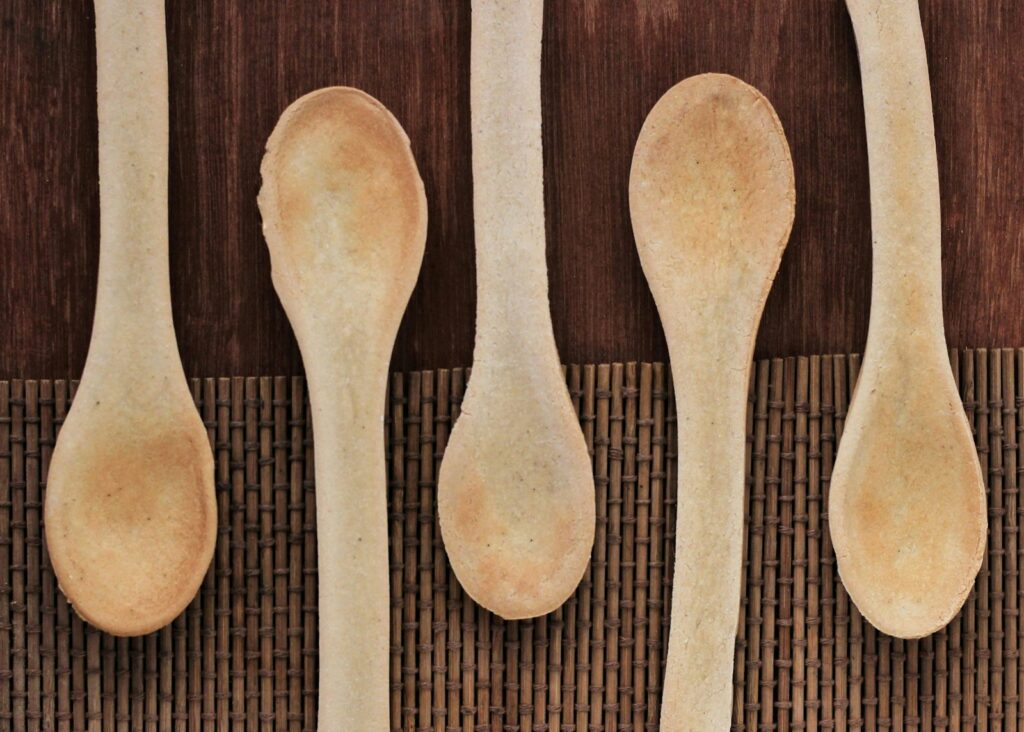
When it comes to keeping wine fresh after opening, misconceptions can lead to wasted wine or compromised flavor. Let’s debunk some common wine preservation myths:
1. Leaving a Spoon in the Bottle
A common myth suggests that placing a silver spoon in the neck of a sparkling wine bottle will keep it fizzy. This method is ineffective. Proper sealing with a specialized stopper is the best way to preserve carbonation.
2. Storing Wine Horizontally
While horizontal storage is ideal for aging unopened wine to keep the cork moist, opened wine should be stored upright to minimize air exposure.
3. Room Temperature Storage
Leaving opened wine at room temperature accelerates oxidation. Always store opened wine in the refrigerator, regardless of type.
Innovative Wine Preservation Techniques
Advancements in wine preservation technology are making it easier than ever to enjoy wine at your own pace without compromising its quality. Here are some of the most effective and innovative techniques:
1. Coravin Wine Preservation System
The Coravin system allows you to pour wine without removing the cork. It uses a thin needle to pierce the cork and an inert gas to displace oxygen, preserving the remaining wine for months or even years.
2. Argon Gas Spray
Argon gas sprays, like Private Preserve, can be used to displace oxygen in an opened bottle. Simply spray a burst of argon gas into the bottle before resealing.
3. Wine Shields
Wine shields are floating discs that create a barrier between the wine and air. They are placed inside the bottle and float on top of the wine, reducing oxidation.
Practical Scenarios and Wine Lifespan
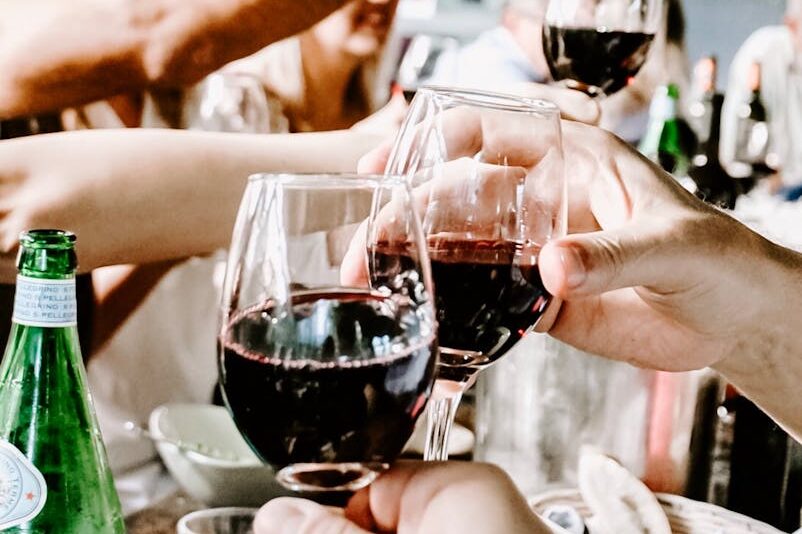
Understanding how long wine lasts in different scenarios helps you plan effectively and reduce waste. Here’s a guide to common situations and wine longevity:
Scenario 1: A Dinner Party with Leftover Red Wine
You hosted a dinner party and have half a bottle of red wine left. To maximize its lifespan:
- Seal with a Vacuum Pump: Remove as much air as possible.
- Refrigerate: Store the bottle in the fridge upright.
- Use Within 3-5 Days: Enjoy the wine over the next few days.
Scenario 2: Celebrating with Sparkling Wine
You opened a bottle of sparkling wine for a celebration but didn’t finish it. To preserve the remaining wine:
- Use a Sparkling Wine Stopper: Seal the bottle immediately.
- Refrigerate Upright: Store in the fridge to maintain carbonation.
- Consume Within 1-3 Days: Enjoy the remaining sparkling wine soon after.
Scenario 3: Enjoying a Glass of White Wine
You opened a bottle of white wine and have some left:
- Seal with a Wine Stopper: Use the original cork or a stopper.
- Refrigerate: Store the bottle in the fridge upright.
- Use Within 3-5 Days: Drink the remaining wine within a few days.
Health and Safety Concerns
While drinking old wine is typically harmless, there are some safety considerations:
- Spoiled Wine: Although it rarely causes illness, spoiled wine has an unpleasant taste and smell. Discard it if it smells like vinegar or tastes overly sour.
- Mold or Contamination: If improperly stored, wine may develop mold or contamination from bacteria. Visible signs or unusual odors mean it should not be consumed.
- Alcohol Content: Opened wine may lose its quality but retains its alcohol content. Always drink responsibly, even with leftover wine.
FAQs
How long is opened wine good for?
Opened wine typically lasts 3–5 days, depending on the type and storage method. Sparkling wines last the shortest, while fortified wines last the longest.
Does opened wine go bad?
Yes, opened wine can go bad due to oxidation, which alters its flavor, aroma, and quality. Proper storage slows this process.
Can I drink opened wine after a month?
It’s unlikely. Most wines lose their quality within a week, though fortified wines may last longer. Always check for spoilage signs before drinking.
What happens if you drink old opened wine?
Drinking old wine isn’t harmful unless it has spoiled, but it may taste flat, sour, or unpleasant due to oxidation.
How long does opened wine last in the fridge?
When stored in the fridge, opened wine typically lasts 3–5 days. Sparkling wines may lose their fizz sooner.
Conclusion
The shelf life of opened wine varies widely based on the type of wine, storage conditions, and preservation methods. By understanding these factors and using proper storage techniques, you can extend the life and quality of your opened wine. Whether it’s red, white, sparkling, or fortified, following the guidelines outlined in this guide will help you enjoy your wine to the fullest, ensuring that every glass is as delightful as the first. Cheers to making the most of your wine and preserving your investment to the fullest!

